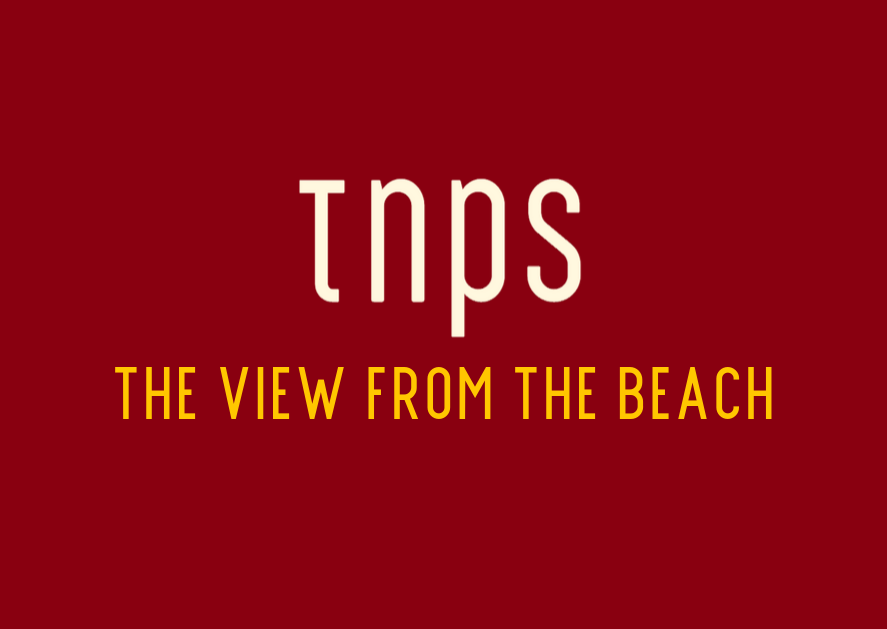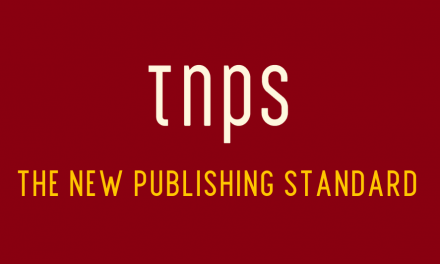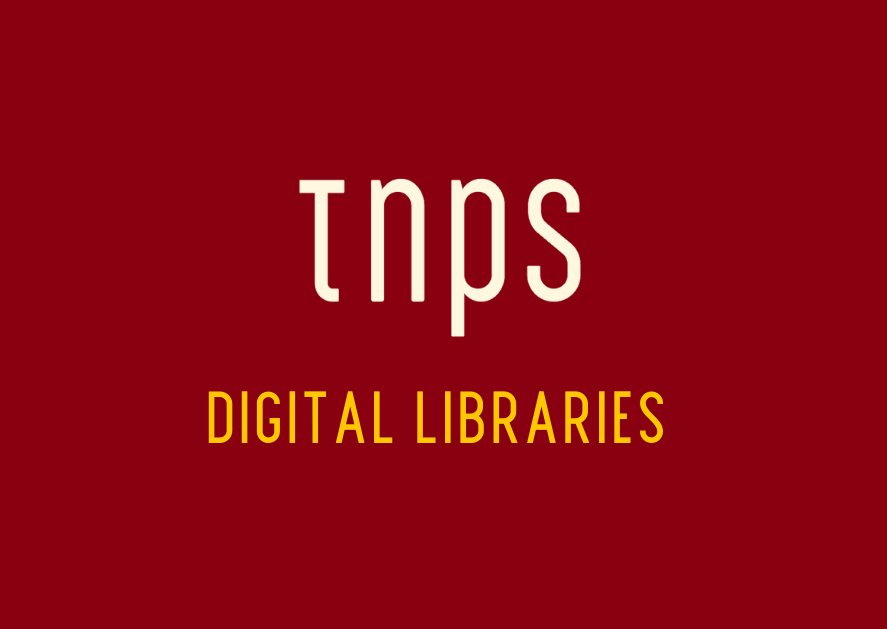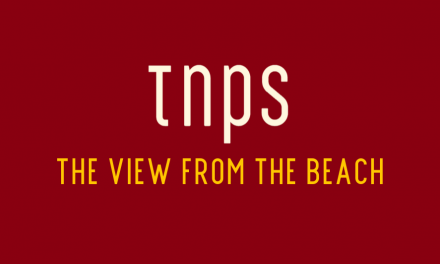In 2019 one in four children were leaving primary school unable to read properly. In England, the home of the English-language.
In a recent op-ed looking at publishing in Ghana, I touched on the long-term literacy issue arising from teaching English using phonics. Some readers urged me to elaborate on the phonics issues.
Phonics has become a huge industry, with companies milking the education system for profit while delivering questionable short-term benefits and nothing in the way of long-term benefits.
In 2019 one in four children were leaving primary school unable to read properly. In England, the home of the English-language.
From the Ghana post:
“Children spend so much time “decoding” words, that they lose sight of the meaning of the sentence and the joy of reading. And when they then face “real” reading where most words do not follow the nonsense rules (just try reading this sentence using Jolly Phonics rules) they see reading as just another chore to do at school to keep the teacher happy. Children are, in many cases, simply being taught to pass phonics tests, rather than building up the skills to master (and enjoy) the art of reading as a whole.”
Real reading? That’s reading texts that have not been carefully written with rhyming three-letter words and words that follow artificial phonics rules.
Yes, it’s fun for little children to read “A fat cat and a bat sat in a hat on a flat mat to chat.“
Phonics-friendly sentences can be fun for children, no question. On the first day.
But children will spend much of their most valuable learning years – ages 2-5 -doing chimpanzee impressions as they learn 44 phonemes (sounds of the English language, comprising 20 vowel phonemes and 24 consonant phonemes).
The problem being, we don’t read sounds. We read words. And all a written word is, is a picture of letters arranged in specific order. The word “the” is a picture. It’s in fact three different pictures of three different letters arranged together as one picture.
“A fat cat and a bat sat in a hat on a flat mat to chat” is a series of pictures of words arranged in sequence to make a sentence. Here they happen to have very similar sound, making it easy to teach them phonetically, but English is not a phonetic language. Most of the English language does not follow simple phonics rules, so the phonics gamesters conjure up “tricky words” to explain the fact that phonics does not actually work very well.
The letter ‘a‘ in the sentence “A fat cat and a bat sat in a hat on a flat mat to chat” makes the “a” sound in “cat” or “hat“, and the consonants follow the simple phonics rules children are taught to obey. So what’s the problem?
Well, the word “to“, for starters. Because the children are clearly instructed from day one that the letter ‘o‘ is pronounced like the ‘letter ‘o‘ in “on“.
The word “to“, the children are glibly told, is a “tricky word.” So, of course, is the word “do“. And “go” and “no” and “so“. These words are not “decodable” because they do not follow the phonics rules. Rather than admit the limitations of phonics, we have to call these words “tricky words”.
Tricky words have to be learned by sight. Which is probably how most people reading this were taught to read.
But how does a child know when a word follows the rules or when a word is a tricky word and doesn’t? They cannot know, except by learning to read properly in the first place.
An example: Take the words “one“, “gone“, “done” and “cone“. In each case the final three letters are identical: “o-n-e“. There is no possible way the child can know how to pronounce all these words correctly using nonsensical phonics rules. Only “cone” adheres to the rule.
The rule being the Magic E rule that accompanies a CVC word. CVC? That will be consonant-vowel-consonant followed by the (magic) letter ‘e‘ makes the first vowel “long”, so “hat” becomes “hate” and “fat” becomes “fate“. “Con” becomes “cone“.
And of course the rule works fine – “bone“, “home“, “clone“. Except when it doesn’t. “Done“. “Come“. “Some“… Try reading the following sentence using the magic-e phonics rule: “Where does the dove live? Where has it gone? One dove is here. Watch it move from here to there.”
“Close”? Yep. CVC-e. “Closet“? Not so much. Yet it’s also CVC-e. Or try “plane“. And “planet“.
And where to start with “honey” or “money” or “worry” or “mother” or “brother”?
Or how about “How, now, brown cow“? How does “own” become “town“?
Back to the “fat cat and a bat (that) sat in a hat on a flat mat to chat.”
Because that letter ‘a‘ is not as innocent as it looks. “‘A’ for apple, ‘a’ for ape“, right?
How about “art“, or “ark“, or “car” or “cart“?
So the child learns another rule. The letter ‘a’ followed by the letter ‘r‘ is pronounced like the “a” in “car”. And of course it works. “Bar“. “Far“. “Cart“. “Chart“. “Farm“.
It works, that is, until the child comes across the word “war” or “warthog“. Or “wary“. Or “care“. Or “share“. Or “stare“… Or (sounds like an ‘r‘) “aunt” – not to be confused with “taunt“.
And what is the child to make of the “a” in “ball“, or “balloon“, or “ballot“? Or in “balm”? Or “calm“. Or “palm.” Or “answer“, or “ask“, or “father“, or “water“…
And what about those silent ‘l‘s in “balm” and “calm” and “psalm“? Or how about in “salmon“. Or the silent ‘b‘ in “lamb” or the silent ‘gh‘ in “light” or “taught“?
Speaking of which, how can a child possibly know that “daughter” is not pronounced like “laughter“, but put an ‘s’ on the front of “laughter” and it rhymes with “daughter“?
Even seemingly safe letters like ‘s‘ and ‘t‘ are a matter of guesswork for the poor phonics learner.
The letter ‘s‘, the children are told, makes the soft “s” sound like in “hiss” or “snake“. Yet the very first words phonics-learners are taught are the so-called SATPIN words, which has the word “is” being deliberately mispronounced as “iss” to conform to phonics rules.
The word “is” is one of the keywords that underpins the English language and must be readable on sight.
In any case, the phonics ‘s‘ issue is not just about the “is” versus “this” problem. How can a child pronounce “television” using the phonics rule for the letter ‘s‘? Or “sugar“? Or “sure“? Or “pressure“? Or “treasure“? Or “pension“?
And as the poor child loses the will to live, we then tell them that actually sometimes the letter ‘s’ isn’t pronounced at all. “Island“. “Isle”. “Debris“.
And of course knowing when a letter isn’t pronounced is an artform all of its own, that phonics just pretends doesn’t exist. I mentioned the ‘b‘ in “lamb”, above, but could have added “climb” or “comb” or “bomb” or….
Then there’s the silent letter ‘p‘ in “receipt“. Or “raspberry“. Or “pterodactyl“.
The silent letter ‘t‘ in “castle“. Or “whistle“. Or “listen“. The letter ‘u‘ in “biscuit“. Or “guest“. Or “guide.”
The silent letter ‘w‘ in “wrapper“. Or “wrestle“. Or “wrong.” Or “who“. Or “whole“.
Silent ‘a‘? “Aisle.” Silent ‘c‘? “Muscle“. “Descent“. ‘Silent ‘g‘? “Foreign“. “Reign“. “Sign“. Silent ‘h‘? “When”. “What”. “Why”. “Where.” And on and on.
Then there’s the “double-o” problem. Jolly Phonics produce books where the double-o words are written either as ‘oo‘ or ‘00‘ (zero-zero), to help the child know whether the word is pronounced like “book” or “broom“.
This is complete and utter bullshit, because the only time any reader, let alone a child, will ever see ‘oo‘ written as ‘00‘ is in a James Bond novel. The child learns the ‘00‘ word by sight, but phonics advocates have to pretend sight word reading is a last resort, so they stoop to font subterfuge.
What the child actually does is he or she recognises the words “broom” or “boom” and “book” or “look” or “cook” by sight. And of course the children then have the further problem of double-o words like “floor” and “door” and “poor“, and “flood” and “blood“. And just when they think it can’t get any worse they encounter words like “cooperate“, and “coordinates“.
So, Chris Jolly, how does the child know that the double-o in floor and flood and book and boom and cooperative are all pronounced differently, and how can they possibly know which is which?
Only by learning to read properly.
Child-phonics advocates (i.e. people who make money from this garbage) like to give us ever-more nonsense about digraphs and diphthongs, trigraphs and split digraphs and phoneme awareness and cognitive load, so the teachers have to waste their time learning to teach the children how to waste their time learning to pass phonics tests.
You see, this is all just about tolerable (not efficient, but not as damaging) for adult and secondary school learners of English as a second language, that understand rules of grammar and can get their heads around basic phonics vocabulary. But WTF is the point of telling three and four year old children to follow the CVC (consonant-vowel-consonant) rule so they can apply the magic-e rule, or what to do when they see the digraph “ea“, or “ai“, when they cannot read in the first place?
The digraph “ea“?
Jolly Phonics tells children the the digraph “ea” is pronounced like the “ea” in “eat” or “seat” or “meat.” And so it is. “Teacher“. “Bleat“. Wheat“. “Cheat“. “Beak“.
The child then sees the word “break” or “breakfast” or “bear” or “fear” or “earn” or “sweat” or “ocean” or “react” or “area” or “forearm” and carefully “decodes” the word using the nonsense rule they have learned, only to be told no, that’s not right at all.
One more digraph example: The digraph “ai” is pronounced like the “ai” in “paid” or “maid” or “afraid”.
What’s not to like? What could possibly go wrong? Well, apart from “said“. Or “air“, or “hair“, or “chair“, or “stairs“, or “aisle“, or “mountain“, or “fountain“, or “curtain“, or “captain“, or…
Children try their best to meet the nonsense rules teachers throw at them, but they are so busy learning phonics rules they lose sight of the actual reading, and more importantly they lose sight of the joy of reading.
Future readers, authors, publishers, the country and the economy ultimately pay the price.





